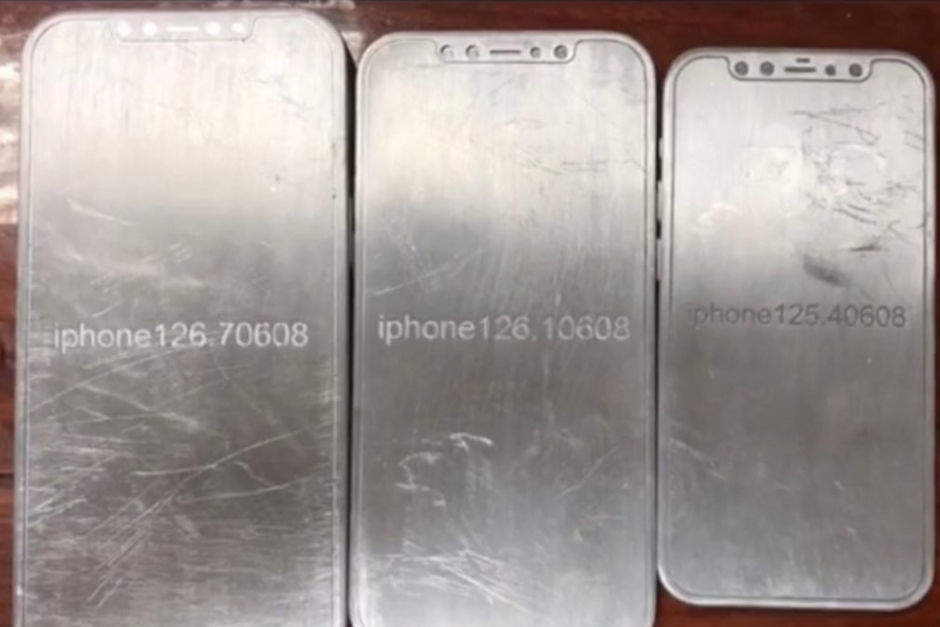Take a look at these molds showing off the classic design of the 5G Apple iPhone 12 line

Many Apple iPhone fans say that their favorite design was the one used on the iPhone 4 that the late Steve Jobs likened to a beautiful Leica camera. Apple replaced those flat sides with the rounded ones on the iPhone 6 that have been used ever since. But the big news is that this year’s iPhone 12 series will bring back the flat sides of the iPhone 4. So far, the render’s we’ve seen are gorgeous as they combine that design with an edge-to-edge display.The Apple iPhone 12 family will call to mind the iPhone 4 seriesYesterday, a tweet disseminated by New Zealand Apple reseller JIN revealed molds of the 2020 iPhone 12 series. Because the iPhone 12 Plus and the iPhone 12 Pro both will sport a 6.1-inch display, the tweet shows three different molds with a 5.4-inch screen (iPhone 12), a 6.1-inch display (iPhone 12 Plus, iPhone 12 Pro) and a 6.7-inch screen (iPhone 12 Pro Max). The sides are flat and we expect to see four rear cameras on the “Pro” models (well, three cameras and a depth-sensor to be precise). There will be Wide, Ultra-Wide, and Telephoto (3x optical zoom) cameras and the LiDar time-of-flight depth sensor. The standard models should have the same rear camera lineup as the Pro units but minus the Telephoto camera.
Molds allegedly showing the design of the iPhone 12 series
First employed by Apple on the 2020 iPad Pro models, the LiDar time-of-flight sensor tracks the time it takes for infrared light to bounce off of a subject and return to the phone. With this data, the iPhone can calculate enhanced depth information which will be used to improve the handset’s AR capabilities. It also will deliver an improved bokeh blur for portraits, and since it delivers 3D imaging, it can be used as a rear facial recognition sensor for the new iPhones.
The Apple iPhone 12 line expected to be unveiled in September
All four 2020 iPhone 12 models will be equipped with an AMOLED display and will be powered by the A14 Bionic chipset. If things go as expected, the iPhone 12 series will be the first smartphones to sport a chip manufactured with the 5nm process. These integrated circuits will have 171.3 million transistors per square mm compared to 96.5 million per square mm on the 7nm A13 Bionic. As a result, the A14 Bionic will shoehorn 15 billion transistors inside compared to the 8.5 billion inside the A13 Bionic. The more transistors found inside a chip, the more powerful and energy-efficient it is.
CAD images of the iPhone 12 Pro
Apple is also making some changes to its memory/storage configuration. The two standard models will be equipped with 4GB of storage while the “Pro” variants will feature 6GB of RAM. And for the first time, the basic storage configuration on an iPhone will start at 128GB. The two standard models might support the slower sub-6GHz 5G signals while the Pro variants could support both sub-6GHz and the faster mmWave 5G spectrum. And once again Apple is expected to hike the battery capacity of the phones. For example, the iPhone 12 Pro Max is rumored to include a 4400mAh battery which would be a 10.9% improvement over the 3969mAh battery on the iPhone 11 Pro Max.The same Twitter account also shared some CAD images of the iPhone 12 Pro. Keep in mind that the final design of the 2020 iPhones could be different than what we see in these images.
Read More




